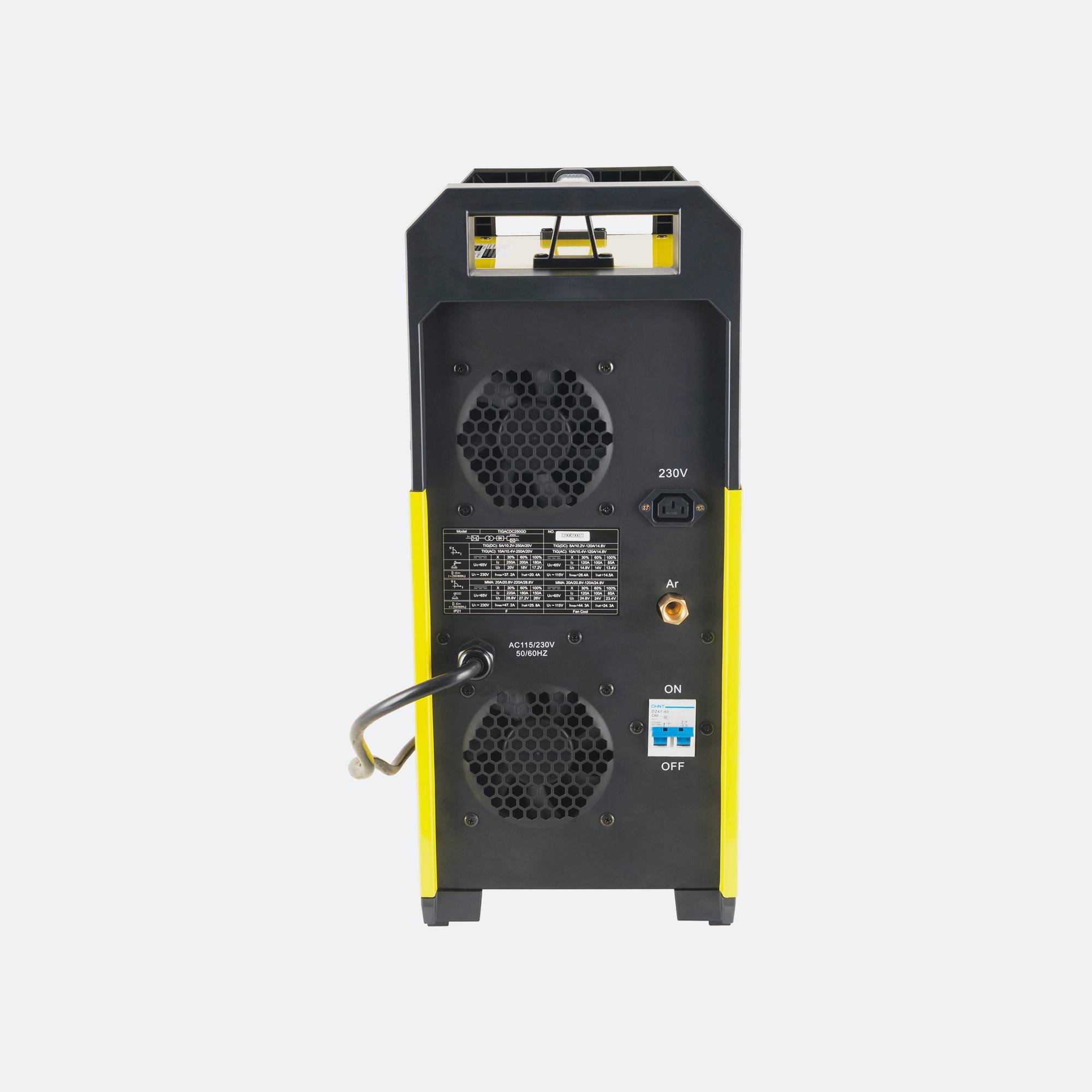 Where To Buy
Where To Buy  Sign In
Sign In-
Cart
Loadding...
. Among the advancements, the Digital TIG Welder has emerged as a game changer for advanced welding techniques.
In recent years, the advent of technology has significantly impacted various industries, and welding is no exception. Among the advancements, the Digital TIG Welder has emerged as a game changer for advanced welding techniques. By incorporating digital controls and advanced features, this tool has revolutionized the welding process, offering numerous benefits for professionals and industries alike.
A Digital TIG Welder differs from its conventional counterparts in that it integrates digital technology into its operation, offering enhanced precision, consistency, and ease of use. Unlike traditional welders, which rely on manual settings, a Digital TIG Welder uses computerized controls to fine-tune various parameters such as amperage, voltage, and pulse settings. This makes it easier for welders to achieve the desired results, whether working on thin or thick materials or performing intricate welds on complex parts.
One of the more significant advantages of using a Digital TIG Welder is the increased precision it offers. In traditional welding, even a slight variation in settings could advance to poor weld quality, warping, or insufficient penetration. However, a Digital TIG Welder ensures that each weld is consistent, as the machine automatically adjusts to the selected settings. This level of precision is especially critical in industries such as aerospace, automotive, and medical device manufacturing, where the quality of every weld is of more importance.
Another advantage of the Digital TIG Welder is its ability to simplify the setup process. With digital controls, operators can quickly and easily input the necessary parameters for a given job. Instead of manually adjusting knobs and dials, welders can simply input the desired settings on a digital interface, which saves both time and effort. This user-friendly approach not only increases efficiency but also reduces the potential for human error during the setup phase.
Additionally, the Digital TIG Welder provides greater control over the welding process through features like pulse welding and TIG spot welding. Pulse welding allows operators to weld with controlled heat input, which is particularly beneficial when working with delicate materials like aluminum. By adjusting the frequency and duration of the pulses, the welder can control the heat input to avoid overheating or damaging the workpiece. This level of control is not possible with traditional TIG welders, making the Digital TIG Welder a crucial tool for precise and delicate applications.
Another significant benefit of the Digital TIG Welder is its ability to improve welding efficiency. With the ability to fine-tune settings, the welder can achieve faster and more accurate welds, resulting in less rework and higher productivity. Moreover, the precise control offered by a Digital TIG Welder reduces the chances of defects, which can be costly and time-consuming to fix. This contributes to a more streamlined workflow, which is especially valuable in high-volume manufacturing environments.
The versatility of a Digital TIG Welder also plays a key role in its growing popularity. Whether working with ferrous or non-ferrous metals, the Digital TIG Welder can handle a wide variety of materials with ease. It is particularly effective for welding thin-walled materials, where heat control is critical to prevent burn-through. This versatility makes it an invaluable tool in various industries, from automotive repair to custom fabrication, where a range of materials and welding tasks are often encountered.
Moreover, the digital interface of the Digital TIG Welder can store multiple welding programs, allowing operators to switch between settings quickly. This is particularly beneficial in environments where different types of welds are required frequently. By saving settings for specific materials or projects, the welder can avoid having to recalibrate the machine for each new task, saving both time and effort. This programmable feature enhances workflow efficiency and reduces the risk of error.
The compact design of many Digital TIG Welders also makes them easier to transport and use in tight spaces. This mobility is an essential feature for welders who need to move between job sites or work in confined areas, such as inside pipes or vehicles. The portability of a Digital TIG Welder enables greater flexibility in welding applications, ensuring that welders can take their tools wherever they are needed.
While the initial investment in a Digital TIG Welder may be higher than that of traditional models, the long-term benefits make it a sound investment for businesses and professionals alike. The enhanced precision, control, and versatility of the Digital TIG Welder can advance to improved weld quality, increased productivity, and fewer costly mistakes. Over time, these benefits will outweigh the initial cost, making it a wise choice for those seeking to elevate their welding capabilities.
In conclusion, the Digital TIG Welder has proven itself to be a game changer in the world of advanced welding techniques. Its digital controls, precision, and ability to handle a wide variety of materials and welding tasks have made it an indispensable tool in many industries. From improving weld quality to enhancing efficiency, the Digital TIG Welder offers numerous advantages that traditional welding machines simply cannot match. As technology continues to advance, the Digital TIG Welder will undoubtedly play an increasingly vital role in the future of welding.
Subscribe to Our Newsletter!